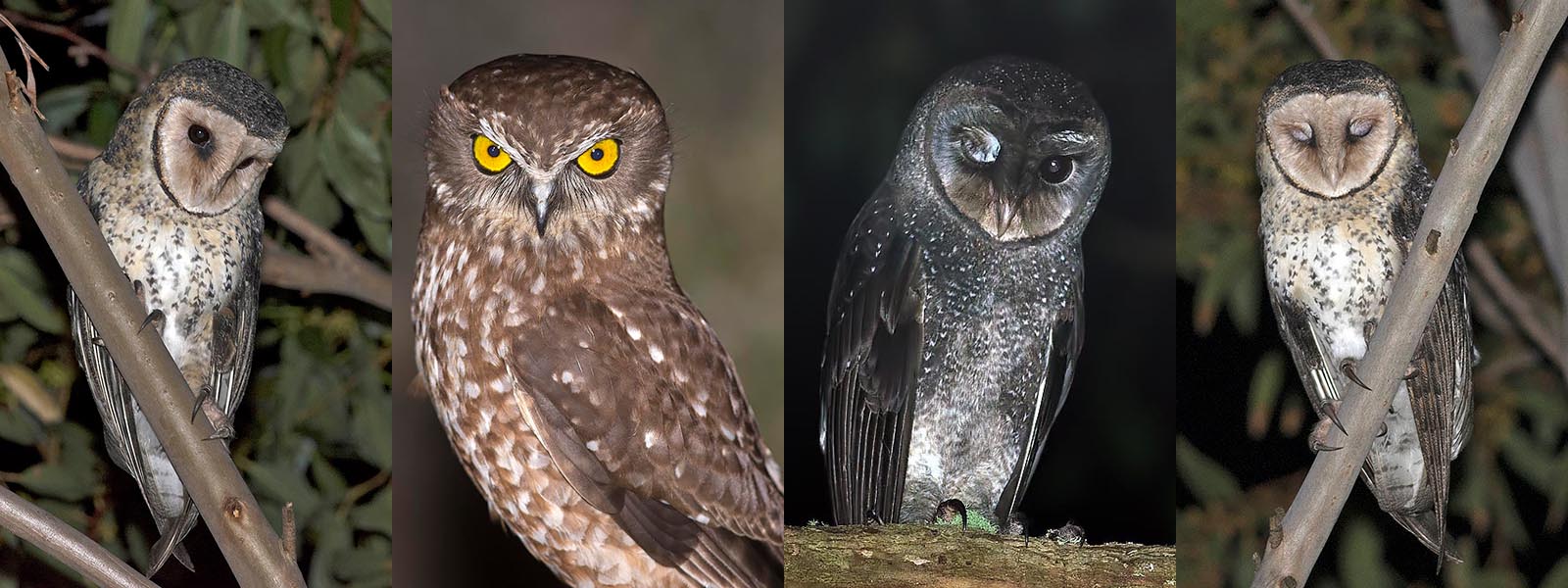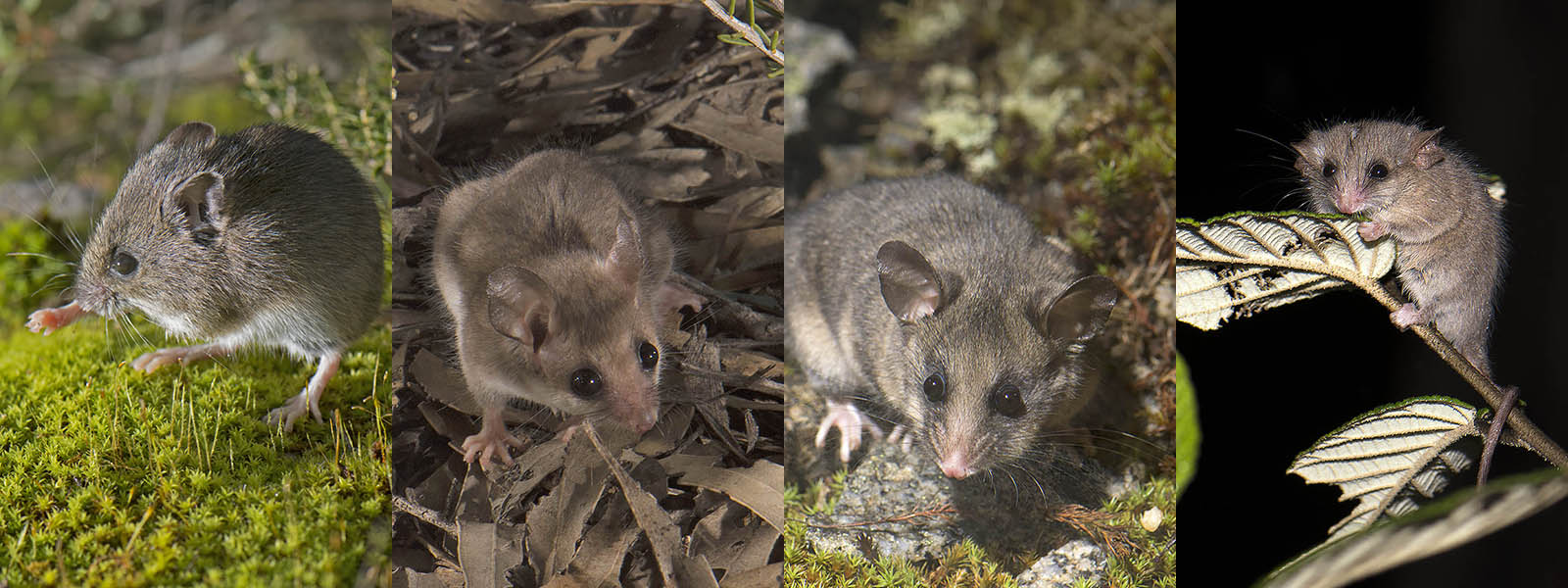Last week I jumped away for a couple of nights with Owen Lishmund and Dan Ashdown up to the North-west of Victoria to search for the breeding Ground Cuckoo-shrike and a number of reptile species, in particular the very range restricted in Victoria – De Vis’s Banded Snake (or Mud Adder as I like to call it) We headed off at a respectable hour stopping off at Mount Korong for the fossorial skink Hemiergis decresiensis or Western Three-toed Skink at a site Dan knew and he quickly found one. A new reptile but one that is hard to be too excited about. After a lunch stop at the over-hyped bakery at Wycheproof we hit up Lake Tyrell looking for dragons without much success. Its amazing the development that has been done here for the tourists that come for the salt lake experience – I think I preferred the old rutted tracks and isolation to be honest.

Hemiergis decresiensis
From there we went into the Northern part of Wyperfeld to look for the recently nesting Ground Cuckoo-shrikes – these are normally an extremely rare visitor to Victoria and an even rarer breeder. They were first reported during lockdown in Melbourne which was painful but had stuck around to raise two broods so were still here. We started by seeing two distant adults but then had no fewer than seven birds very close as both broods now mobile and seemingly reasonably curious – very different to how I have seen them elsewhere! This was a new Victorian bird for me and I was a little bit excited! We didn’t want to bother them too much so took a couple of happy snaps in the harsh light of day then left. This was my closest and longest view of the species despite having seen now in every mainland state and the NT previously.

Ground Cuckoo-shrike

Ground Cuckoo-shrike
Near the edge of Wyperfeld we poked around a couple of bush blocks where Dan again turned up the goods with an Aprasia under a log atop an ant’s nest. Aprasia are small, worm-like members of the Pygopodidae (Legless Lizard) family that feed on and live amongst ant colonies – this one was about the size and thickness of a HB pencil (if that). Owen and Dan were immediately very excited – firstly because we had found an Aprasia which are rarely seen and secondly because if was the rare and range restricted Aprasia aurita or Mallee Worm-lizard which is only known from a handful of locations in Victoria and one in South Australia. Based on atlas records it does look like we found a new site. Only 18 months ago I had never seen a Legless Lizard of any description and now I have seven species under the belt.

Aprasia aurita

Aprasia aurita
We were on a bit of a high as we left towards Mildura but unfortunately I had to euthanize a badly injured Eastern Brown Snake on the road which dampened everything. We picked up supplies (and beer) in Mildura before heading out NW towards a billabong where we were going to search for the snake this evening. De Vis’s Snake was only found in Victoria in the last 20 years and is restricted to the very NW part of the state where it nocturnally hunts frogs. After a good steak and a couple of beers we headed out quickly picking up a couple of gecko species which seemed promising. But an ill cool wind blew up and we searched for many hours without result before retiring to bed. There were a few frogs around but things seemed to go very quiet after an hour or so as the temperature dropped away. We were a bit late rolling out bed as we cruised around on a relaxing day. Starting with a morning coffee and bacon at Cullulleraine we did finally see some live Eastern Brown Snakes and then Eulamprus quoyii or Eastern Water Skink which again only just creeps into Victoria here – this is a big unit and significantly larger than its southern cousins. After poking around along the Murray we went south into Murray-Sunset which was quiet in the heat of the day.
Back at the billabong the evening temperature was significantly higher and as dark fell and we ventured out we felt much more positive with at least 5 bats on detector, geckos up and about and insects teaming. Down around the billabong there were many, many frogs up and about so we thought for sure there must be predators about. But after a number of hours of searching we had to give up again. back at camp we had a couple more beers to commiserate before planning the next visit. Unfortunately the next morning we had to get up and head for home – stopping to bird in a few likely spots on the way home. Mud Adder is now in the same pot as Long-footed Potoroo – time to go try for again ASAP. Still with the Aprasia and Ground Cuckoo-shrike this was a very successful trip and looking forward to heading out with Dan and Owen again soon.

Lymnodynastes fletcheri





























































































